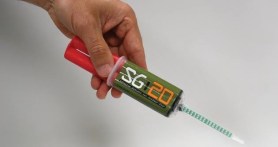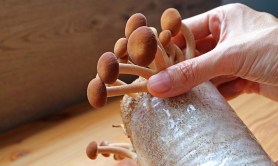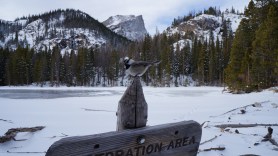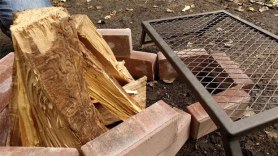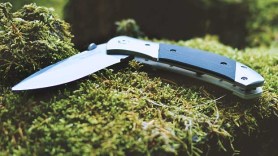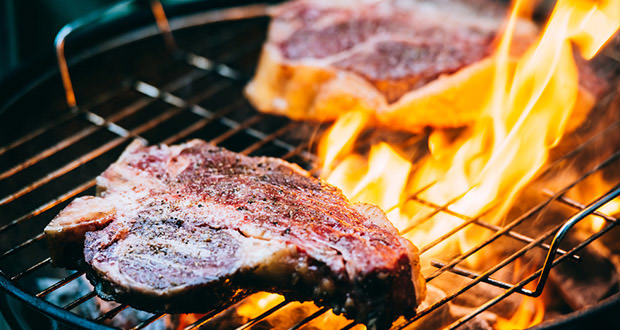

This post is part of our 50 Campfires series, 9 Rules for Flame-Cooking a World-Class Steak, giving you a complete guide to one of the best camping meals imaginable. This is where the rubber meets the road. Below we outline the steak cooking process and how to turn out those famous grill marks that everyone loves.
Videos by Outdoors with Bear Grylls
Browse the list below to skip to a particular step:
Selecting a Steak
Preparing Steak
Seasoning
Fire, Fuel and Cooking Surface
Cooking Process
Cooking to Temp
Resting
Cutting and Slicing
Saucing and Sides
Searing Steak
The traditional method for cooking the perfect steak is to sear it first. This puts a “crust” on the outside that seals in the juices and caramelizes the outside to the steak. Searing involves putting the meat down on a really hot flat surface. Then once all surfaces are seared, the meat is transferred to a lower heat area or oven to come up to the desired temperature for doneness.
Temperatures
To sear a steak, 500 degrees is the target temperature zone. To cook the steak after searing, move it to an area that’s at approximately 250-300 degrees. Watch carefully to ensure you remove your steak just before it reaches your desired level of doneness.
Turning
One of the biggest debates in cooking a steak is whether you should only turn the steak once during searing or whether you should turn it frequently. The truth is, it doesn’t really matter. It has little effect on the final tenderness of the steak you’ll serve. One possible advantage to turning frequently is that you’ll be keeping a closer eye on the color of that important crust. However, don’t turn for the first time before the meat naturally releases from the searing surface.
Fork vs. Tongs
Again, a lot of debate here. Do the holes left by a fork allow juice to escape … especially if you’re turning the steak frequently? Why risk it? Use tongs to turn your steaks.
Grill Marks
A nice crosshatch of grill marks is indeed the experienced griller’s “mark of Zoro,” but does it really affect the final product? No so much. You’ll get the best grill marks from a seriously hot grill. As above, get the grate heated through to at least 500 degrees to sear your steak on the grill. That will put your brand on it!


